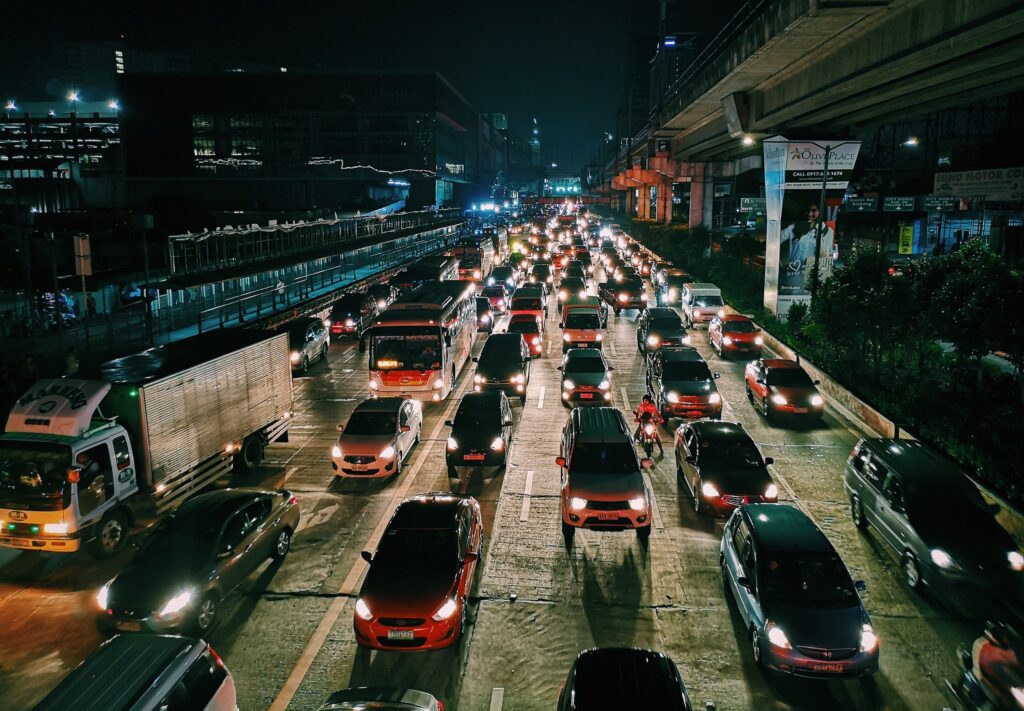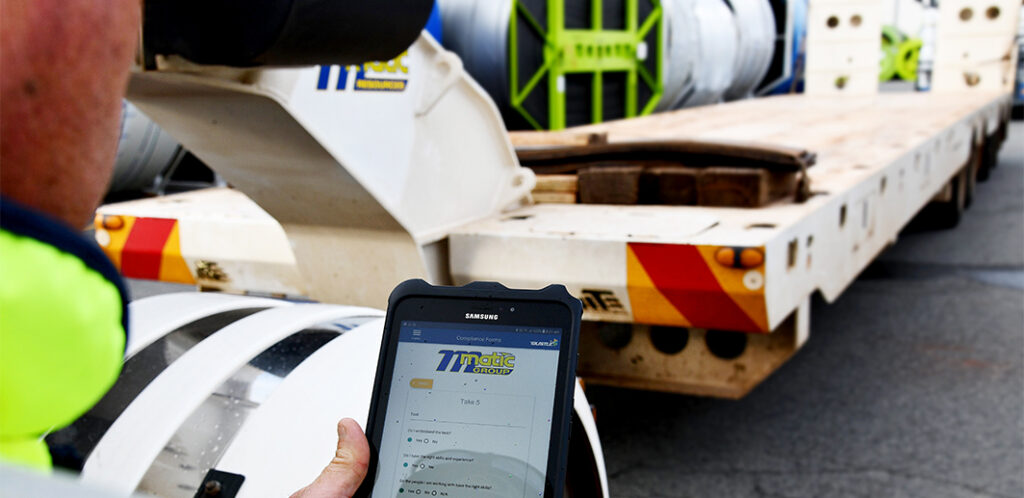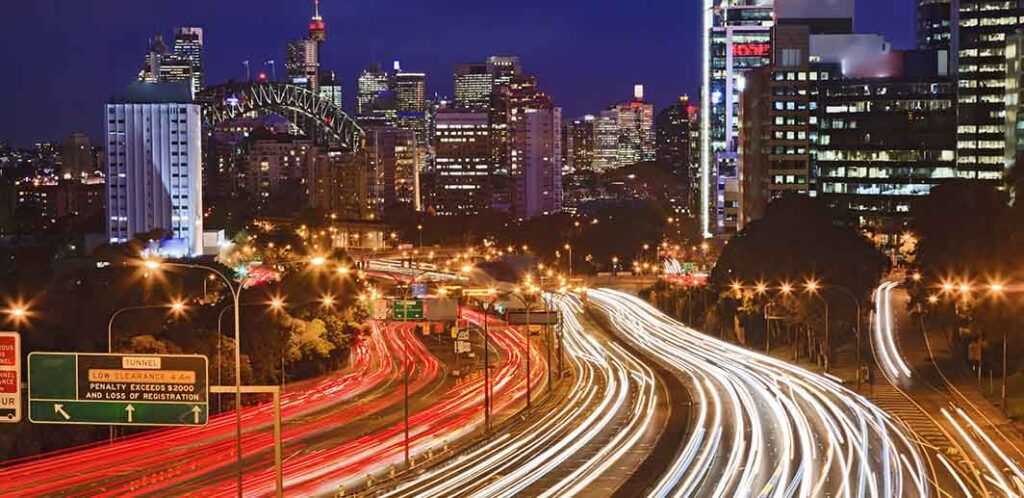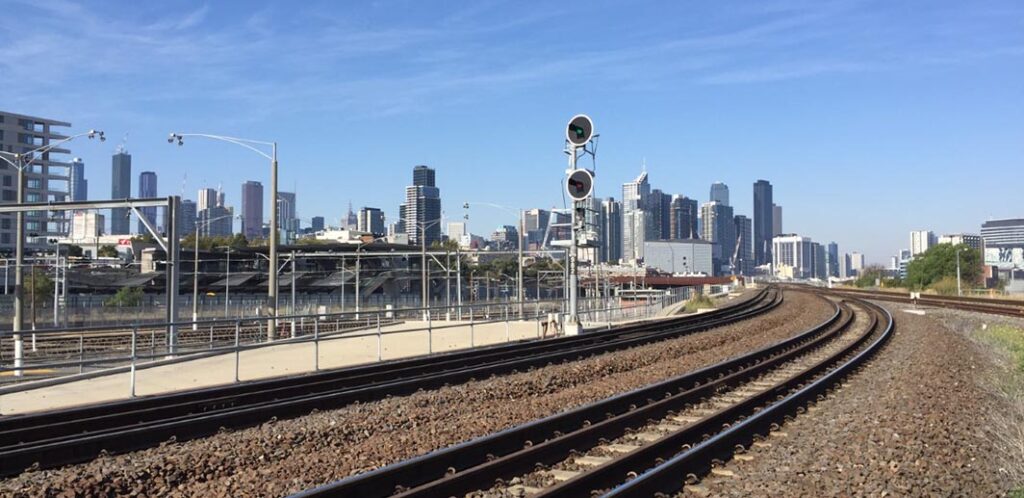Transport
Enhancing operational efficiency and sustainability through geospatial insights.
Making sense of complex systems
NGIS provides geospatial solutions and thought leadership for planning, operations, sustainability, and safety initiatives within the transport and logistics, and traffic management sectors, for both public sector agencies and private commercial organisations.
Traffic Flow and Infrastructure
Working with our leading global technology partners, our deep understanding of location based services data, combined with our enterprise GIS expertise enables integration of diverse datasets, including traffic flow patterns, road infrastructure, and public transport networks, into a centralised platform with fit-for-purpose tools to enable a range of use cases. These systems support route optimisation, incident management, and long-term infrastructure planning by delivering up-to-date insights for improved decision-making. By incorporating machine learning, we enhance predictive analytics, enabling transport agencies to forecast traffic trends and identify potential bottlenecks before they occur.
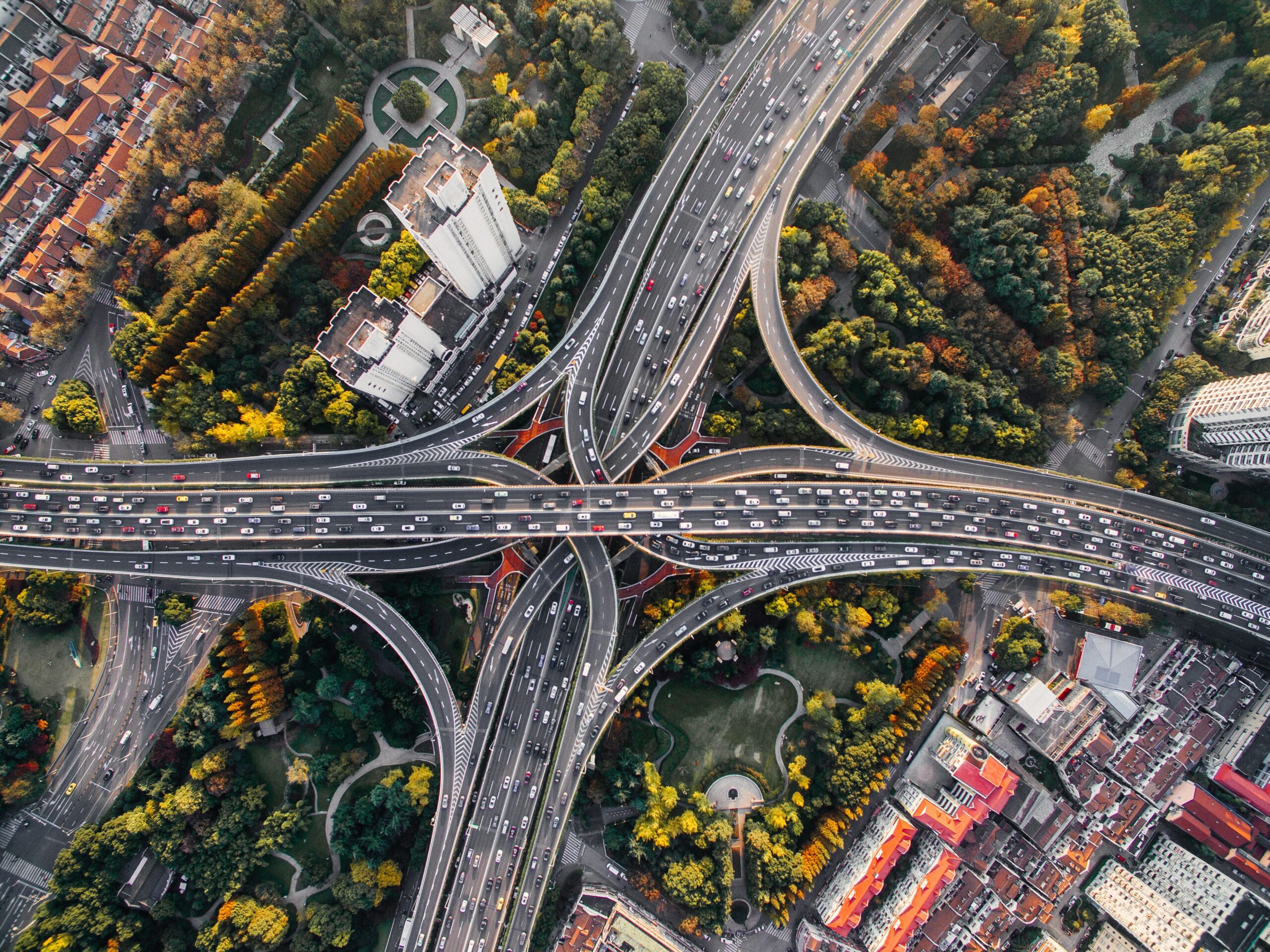

Intelligent Infrastructure Monitoring
Using geospatial software engineering, we develop custom tools for tasks such as tracking vehicle movements, monitoring key transport corridors, managing road maintenance schedules, and analysing congestion hotspots. Machine learning models can be applied to automatically detect patterns in traffic data, improving the efficiency of routing and congestion management. These applications streamline workflows and improve coordination among stakeholders.
Our earth observation capabilities, combined with AI-powered analysis, allow for the monitoring of large transport networks through satellite and aerial imagery. This helps identify issues such as road degradation, vegetation encroachments, enabling organisation to streamline operations and planning. Our AI models can process and analyse this data promptly, allowing for proactive maintenance and resource allocation.
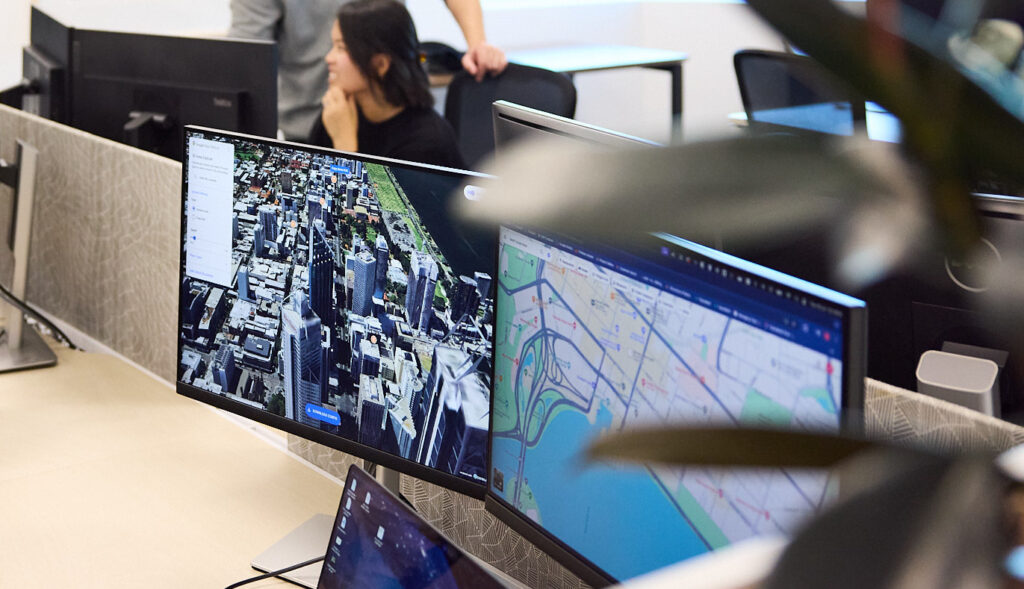
Monitor in real-time
NGIS has brought these capabilities and experiences together to create TraceMark Flow a traffic monitoring product. TraceMark Flow provides access and insights to complex location-based traffic data to deliver an operational dashboard for monitoring congestion, journey planning and management reports via a flexible web dashboard and data API.
NGIS helps organisations in the transport sector deliver highly visual, easy-to-use, safer, more efficient, and well-planned transport solutions through tailored geospatial services, whilst additionally leveraging the power of AI and machine learning to drive better decision-making.
Intelligent Transport Systems Australia
NGIS is proud to be a member of ITS Australia, the peak body for advanced transport technology, supporting the delivery of safer, more efficient, sustainable transport solutions in Australia.

